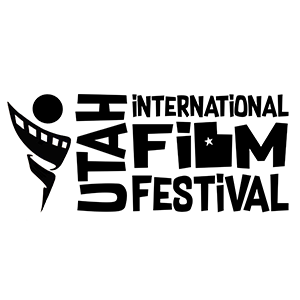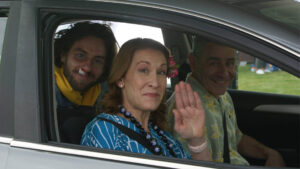How to Make Your Feature Film for Less than $10,000
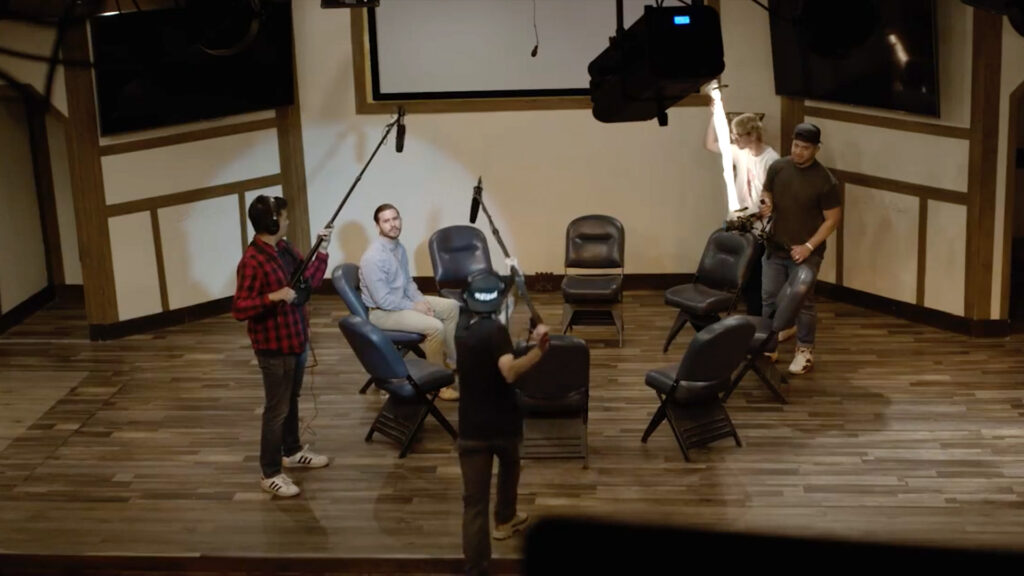
You have been wanting to make a feature film since the first time you saw one in theaters. But once you found out that the blockbusters were hundreds of millions of dollars your filmmaker ambitions may have become smothered.
Don’t loose hope! Several filmmakers have found solutions to make their feature films for under $10K are and are sharing how they did it.

Allison Volk produced a feature film comedy called “Deany Bean Is Dead”. Allison’s film was between $5-10K.
“As an actress in LA, I had a lot of super-talented actor-friends who were eager to work on something like this and were excited to say yes” said Allison. “We built the project around locations that we knew for sure we could access for free. Most of it was shot in (our director) Mikael’s house; there’s a scene in my apartment at the time, and on the roof of Mikael’s girlfriend’s old office building. Since we got those things for no cost, that really slashed our budget.”
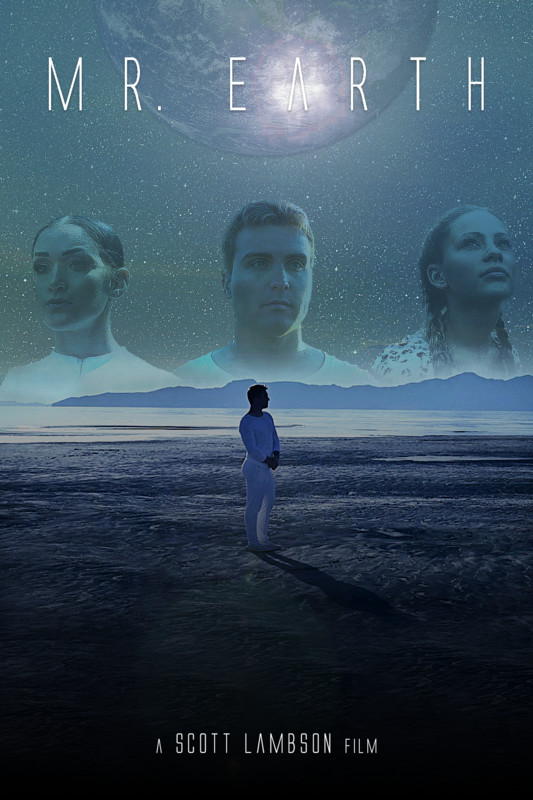
Making a film for under $10K was repeatable for Scott Lambson. His recent sci-fi feature film “Mr Earth” was his second film he produced for under $5K.
“Now when I say $5K, that’s the amount of money that I personally spent out of my bank account from start to finish” said Scott. “So money spent on actors, gas, food, props, wardrobe, locations, gear, software, etc…It does not include my time. My time is free. That’s countless hours of my own time. That’s where 90% of the effort is.”
Scott also expanded on how he leverages trade to get assets required for the production.
“My first film (Into the Soul) I met a skilled cinematographer who was looking to shoot a full feature film with his DJI Inspire II drone. He wanted a project where he could prove and demonstrate that you could use a drone handheld to shoot a feature. So I utilized his wants with my needs.”
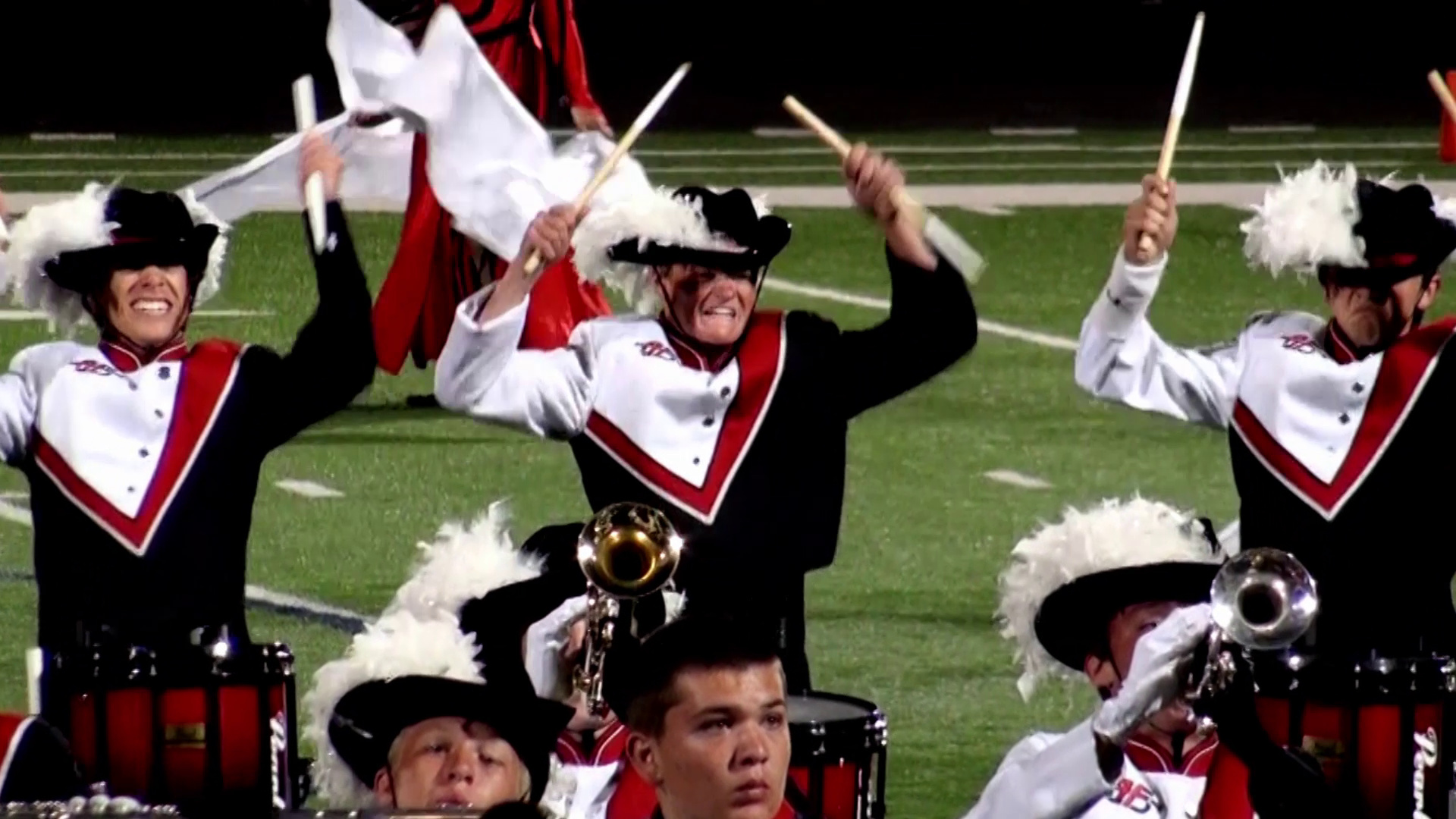
Sometimes, the subject of your film allows for production cost savings. Such is the case with Matt Judkins documentary “Champions of the West” with a budget around $2,000
“The subject of the documentary was a high school marching band with a large support system of parents and community members” said Matt. “I had a lot of people interested in the project who volunteered all of their time.”
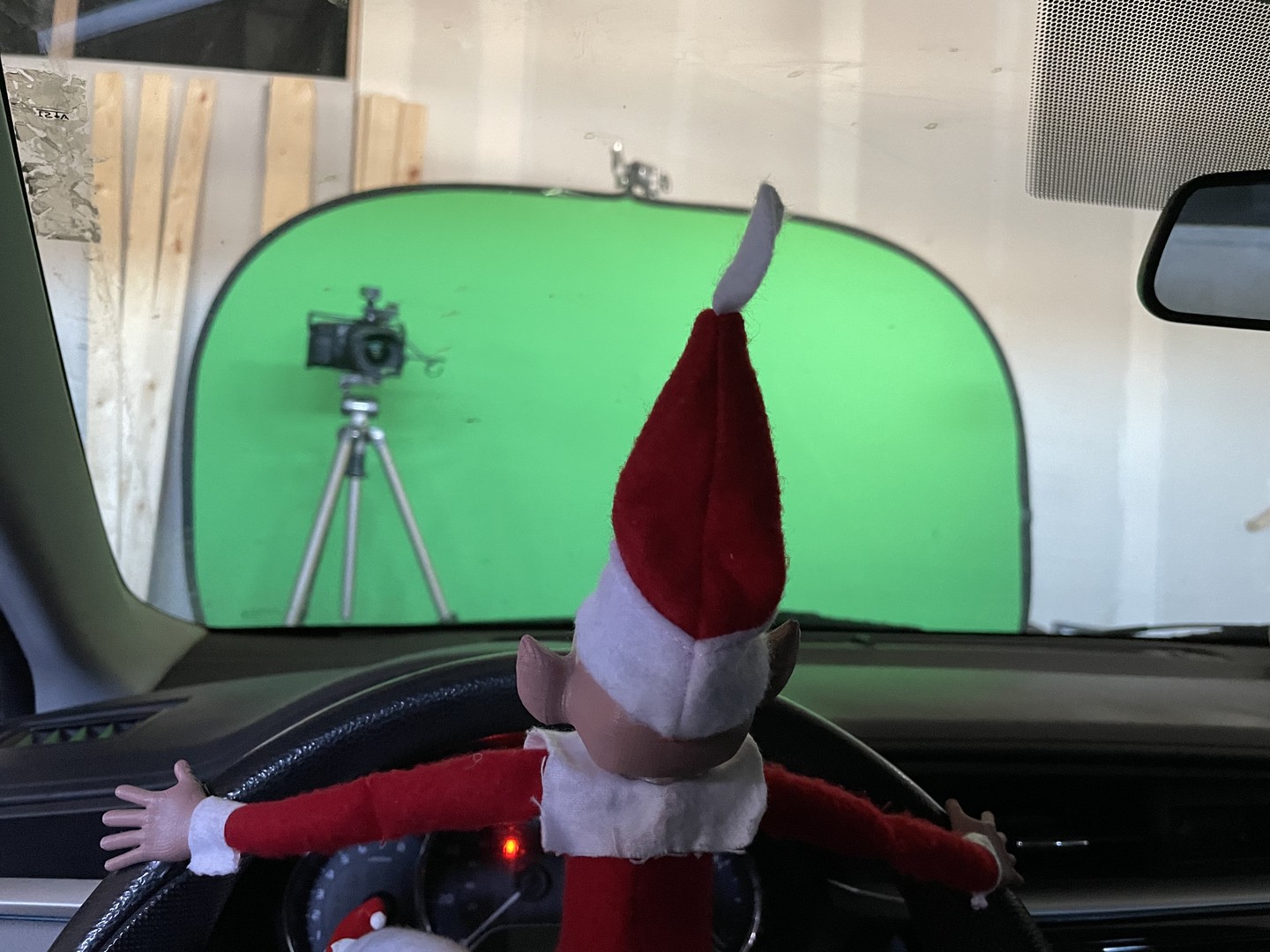
When your work experience leads you to own most of your production tools and grow close relationships with talented people you can also create your crazy horror comedy b-movie. Joshua B Hall made “Killer Christmas Elves” with a budget around $4,500.
“I have actually grown a film equipment rental company that rents out tons of gear from grip/electric to cameras and everything in between” said Joshua. “This helped me to reduce costs greatly on my film. I then put together a group of people that owed me favors or caught the vision and were willing to work for free.”
“Most of our budget went to our actors. I don’t love not paying people so most people received compensation in some form. We also gave some actors percentages of earnings from the film. All that being said, there’s no doubt that independent films are a labor of love and passion because no one is typically making what they’re worth.”
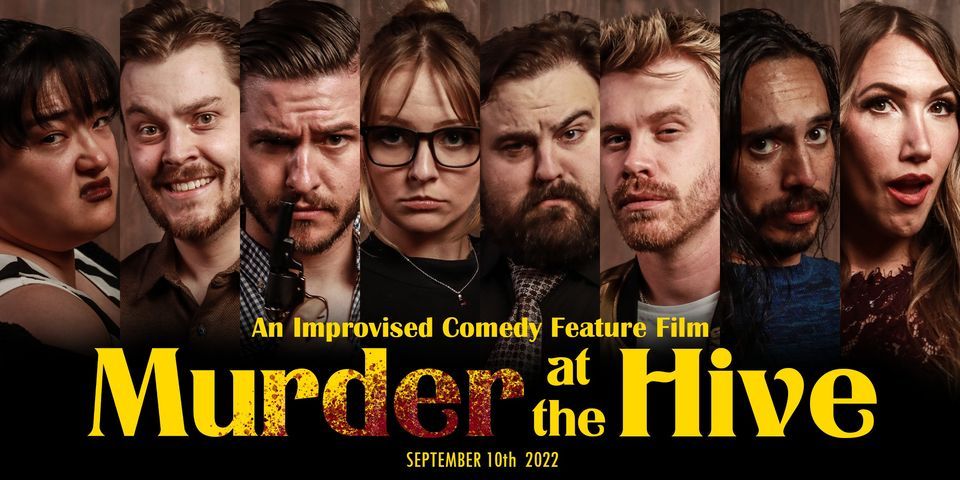
All of the previous filmmakers took weeks and sometimes months to complete their film with their budgets. Filmmaker JR Timothy created his feature film “Murder at the Hive” with a budget of only $1,300 in about 8 hours.
“I made it with my friends, who trusted me to not waste their time” said JR.” “Everyone on set were people I had worked with before who were excited for the project and volunteered their time and talent. The money went almost entirely to the location and the artist I hired to make a custom poster. So trust and experience is how I was able to make the movie for $1300”
But what would the filmmakers do if they could doubled their budget?
Allison Volk would have used the money to shoot the production “all at once rather than spreading it out over six months. Or, maybe I would have put that money toward post-production so that it would have moved more quickly.”
The same goes with our other filmmakers. They would either pay their cast and crew more money, hire more production members and spend more on post production.
When considering if the production would be improved by doubling their budget the responses were mixed. Some filmmakers feel the added budget would have allowed for more footage and therefore more options in editing. Other filmmakers feel like they were still able to tell the story they wanted to tell knowing upfront what their budget limitations were.

“The old saying, ‘Fast, good, or cheap. Choose two.’ Well, we chose GOOD and CHEAP. Everything took longer because people had to squeeze in the work between their day jobs” said Allison.
“In my experience, there’s always a solution if you’re willing to get creative” Allison Volk continues. “I think something I’m still learning is how incremental progress can be in this field; each little step forward is just that: a step forward. The little short you shoot on your iPhone or DSLR is a step forward because you’re practicing your storytelling skills, and you’re getting better! Ultimately, if you follow the little tug on your heart, it will lead somewhere interesting. Try to be open and non-judgemental of where you are on your journey.”
“It takes creative skills, passion, and ingenuity to be a filmmaker” said Scott Lambson. “When you have those traits there is no budget barrier. That passion and ingenuity takes over and you find ways to learn and network and accomplish anything you want. It may be shot on a phone, it may not look like Steven Spielberg’s 100 million budget, but it can still have value and it can still tell a story that impacts other people in some fashion. I think it’s well known at this point in time that technology has reached a level where the only excuse for an individual is lack of passion and ingenuity.”
“We should not only strive to be storytellers but to learn, grow and develop our craft and that’s what creating films allows you to do” says Joshua B Hall. “Grab your friends, call in favors, ask for help from our film community on our amazing Facebook groups and network. It’s amazing how many people just want to be creating–you may be surprised how many people are willing to help you fulfill your dream.”
“Don’t let money come between you and the story you want to tell. “We filmed our documentary with two $800 camcorders from Best Buy” said Matt Judkins. “You need enough equipment to get your vision onto a screen, but once you have that you can be creative to make the rest of it work.”
JR Timothy laid out his strategy in frugal filmmaking in 4 steps.
1. Keep it to one location and a location you can have complete control over.
2. Your crew should outnumber your cast 3 to 1. Hard to do, but I found on my last 5 feature films that you can always use more crew.
3. Keep your cast count to 3 or less. The more people you add the harder the story gets to tell. Start with a 2 person story then work your way up to an ensemble.
4. Make it worth your cast and crews time. I made movies in a day with my friends because that’s all I could afford. I tell them give me one day and we will have a feature film and because they trust and believe me, we do it.
What movie would you make with $10,000 or less? Sound off in the comments below.
